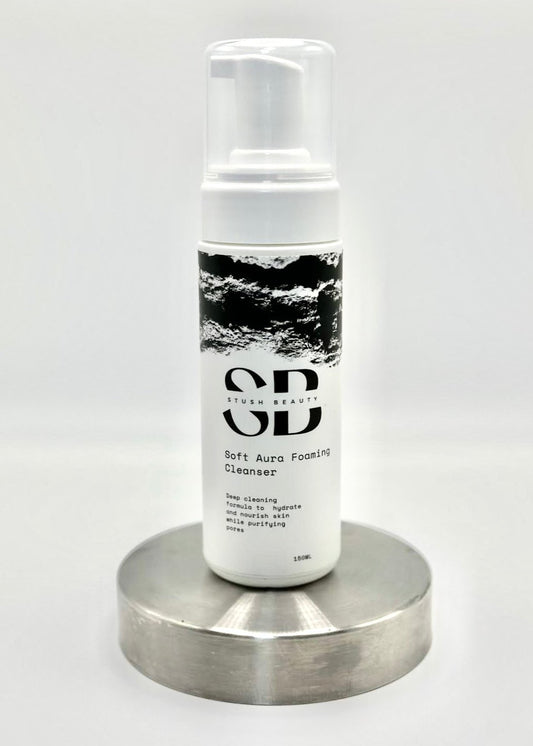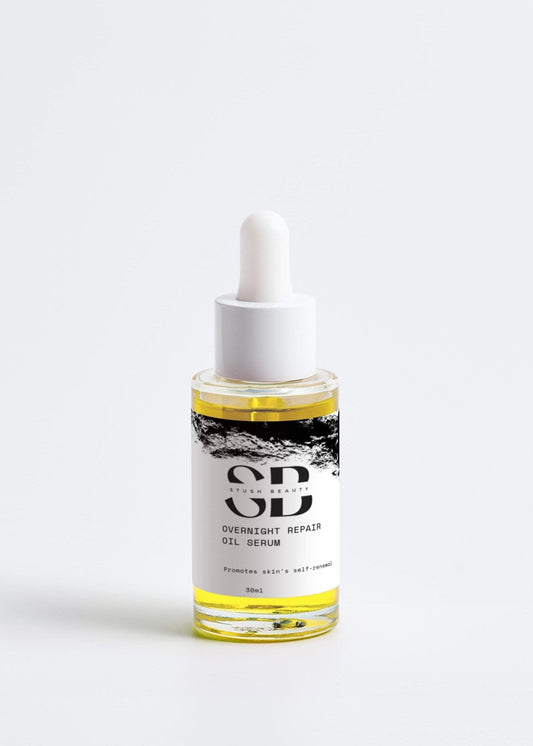A beautiful scent can feel like self-care, but the “fragrance” line on a skincare label can hide hundreds of compounds—both natural and synthetic—that may irritate the skin, trigger allergies, and in some cases, raise questions about hormone and environmental impact. For women with busy lives and melanin-rich complexions, the stakes are especially real: irritation today can become stubborn dark marks tomorrow. This guide unpacks the science, regulations, and practical choices that help you keep your complexion calm, clear, and radiant—without fear or fragrance FOMO.
What’s Really Inside “Fragrance,” and Why Skin Reacts
“Fragrance” or “parfum” is a legally allowed umbrella term in the U.S. and EU. It can encompass a proprietary blend of aroma chemicals, essential oils, and solvents. While many are safe when properly formulated, a subset are known irritants and allergens, especially in leave-on face products and around delicate eyelid or neck skin.
Allergic contact dermatitis is the primary concern. Dermatologists often patch test using Fragrance Mix I and II, which cover the common culprits found in skincare, makeup, and haircare. Frequent offenders include cinnamal, eugenol, isoeugenol, hydroxycitronellal, citral, geraniol, and components of oakmoss—specifically atranol and chloroatranol, which are now prohibited in the EU. Oxidation products are another stealth trigger. Linalool and limonene, often found in citrus and floral oils, are relatively gentle in their fresh form but can oxidize in the bottle to form hydroperoxides, which are much more sensitizing. That is why poorly stored “natural” aromas can be just as irritating as synthetics.
The prevalence and burden of fragrance-related reactions are significant. North American contact dermatitis studies consistently rank fragrance among the top allergens in patch testing, with fragrance mixes and balsam of Peru frequently showing positive reactions. European studies show similar trends, and when linalool and limonene hydroperoxides are tested separately, additional patients are identified who would otherwise “pass” standard panels. In practice, this often results in rashes resembling eczema on the face or eyelids, stinging with active serums, and leaving lingering hyperpigmentation on deeper skin tones.
Even irritation that isn’t allergic matters. Fragrance can sting, burn, or cause dryness, especially when the skin barrier is compromised by seasonal shifts or indoor heating. These reactions elevate the risk of post-inflammatory hyperpigmentation and can make potent actives harder to tolerate.
What Regulators and the Fragrance Industry Are Doing
The EU takes a precautionary approach. Certain fragrance allergens must be listed individually on the label once they exceed trace thresholds. The original list of 26 allergens is expanding following a 2023 update that adds dozens more declarable substances, with transition periods for brands to update packaging. Over the last decade, several high-risk substances have been banned or heavily restricted, including hydrogenated oakmoss components atranol and chloroatranol, Lyral (HICC), and Lilial (butylphenyl methylpropional). Phototoxic furocoumarins in citrus and bergamot are strictly limited in leave-ons to prevent sun-induced reactions.
In the U.S., MoCRA—the Modernization of Cosmetics Regulation Act of 2022—is raising the baseline. Companies must register facilities, list products, maintain safety substantiation, and report serious adverse events. Crucially, the FDA is developing a fragrance allergen labeling rule, bringing the U.S. closer to the EU’s transparency model. Until that rule is finalized, the single word “fragrance” can still conceal individual allergens on labels.
The fragrance industry also self-regulates through IFRA Standards. These standards set use limits and bans on hundreds of materials based on safety assessments, including phototoxicity restrictions for citrus oils and strict caps on known sensitizers. While IFRA compliance doesn’t equate to fragrance-free, it reduces known risks when brands follow it—a practice common among reputable perfume houses.
Do Fragrances Affect Hormones?
This is where nuance is crucial. “Fragrance” isn’t one chemical—it is many. Endocrine concerns mainly revolve around two groups: phthalates and synthetic musks. Older phthalates such as DBP and DEHP have been restricted or banned in the EU due to reproductive toxicity, though they were rarely used in modern skincare. Diethyl phthalate (DEP), commonly used as a solvent or fixative in perfumes, is considered lower risk at cosmetic exposure levels. Biomonitoring indicates DEP contributes to overall exposure, but levels are generally below regulatory concern thresholds. For those who prefer caution, many brands now explicitly label “phthalate-free.”
Synthetic musks, such as galaxolide (HHCB) and tonalide (AHTN), are persistent in the environment and bioaccumulative. Some animal and in vitro studies suggest endocrine effects at high exposures, but direct evidence for humans at cosmetic-use levels is limited. EU authorities have tightened scrutiny under REACH, and usage has declined as brands transition to more biodegradable alternatives.
The bottom line for your routine is simple: if you are pregnant, trying to conceive, or just cautious, fragrance-free skincare is the safest route. It minimizes irritation—and therefore hyperpigmentation risk—while allowing you to enjoy scent separately through modern, IFRA-compliant perfumes applied to clothing rather than skin.
Why Melanin-Rich and Sensitive Skin Deserves Special Care
Inflammation tends to leave pigment behind in deeper skin tones. A mild fragrance reaction on lighter skin may resolve quickly, but on melanin-rich skin, it can result in weeks-long marks. Eyelids, neck, and perioral areas are especially sensitive due to thin skin and frequent exposure—from creams, haircare mists, or even airborne perfume. For those managing dark spots, eczema, or perioral dermatitis, fragrance-free face care offers a clearer path to even tone.
The Role of Season and Climate
Seasonal changes amplify fragrance-related sensitivity. In winter, low humidity and indoor heat increase water loss, leaving the barrier more vulnerable to irritation. In summer, sweat and heat can increase penetration and reactivity, and phototoxic citrus oils can create patchy discoloration when skin meets sunlight. Dermatologists often recommend fragrance-free face products year-round, reserving scented products for body care or special occasions.
Smarter Choices That Keep the Glow Without the Drama
The first step is reading labels with intent. On EU products, scan for named allergens such as limonene, linalool, citral, eugenol, geraniol, cinnamal, hydroxycitronellal, and oakmoss. Avoid older preservatives linked to sensitization in leave-on products, especially if you are prone to dermatitis. Choose brands that openly disclose testing, safety substantiation, and compliance with IFRA limits.
Prioritizing fragrance-free face care is particularly helpful for melanin-rich and sensitive skin, but fragrance-free body care or carefully applied perfumes can still provide a luxurious experience without compromising safety. Barrier support remains foundational: gentle cleansers, humectants like glycerin and hyaluronic acid, and lipids such as ceramides and squalane help skin tolerate actives while minimizing irritation.
Finally, treat “fragrance-free” as both a precaution and a lifestyle choice, not a moral imperative. The goal is calm, resilient skin that responds predictably, leaving room to enjoy scent on your own terms.




